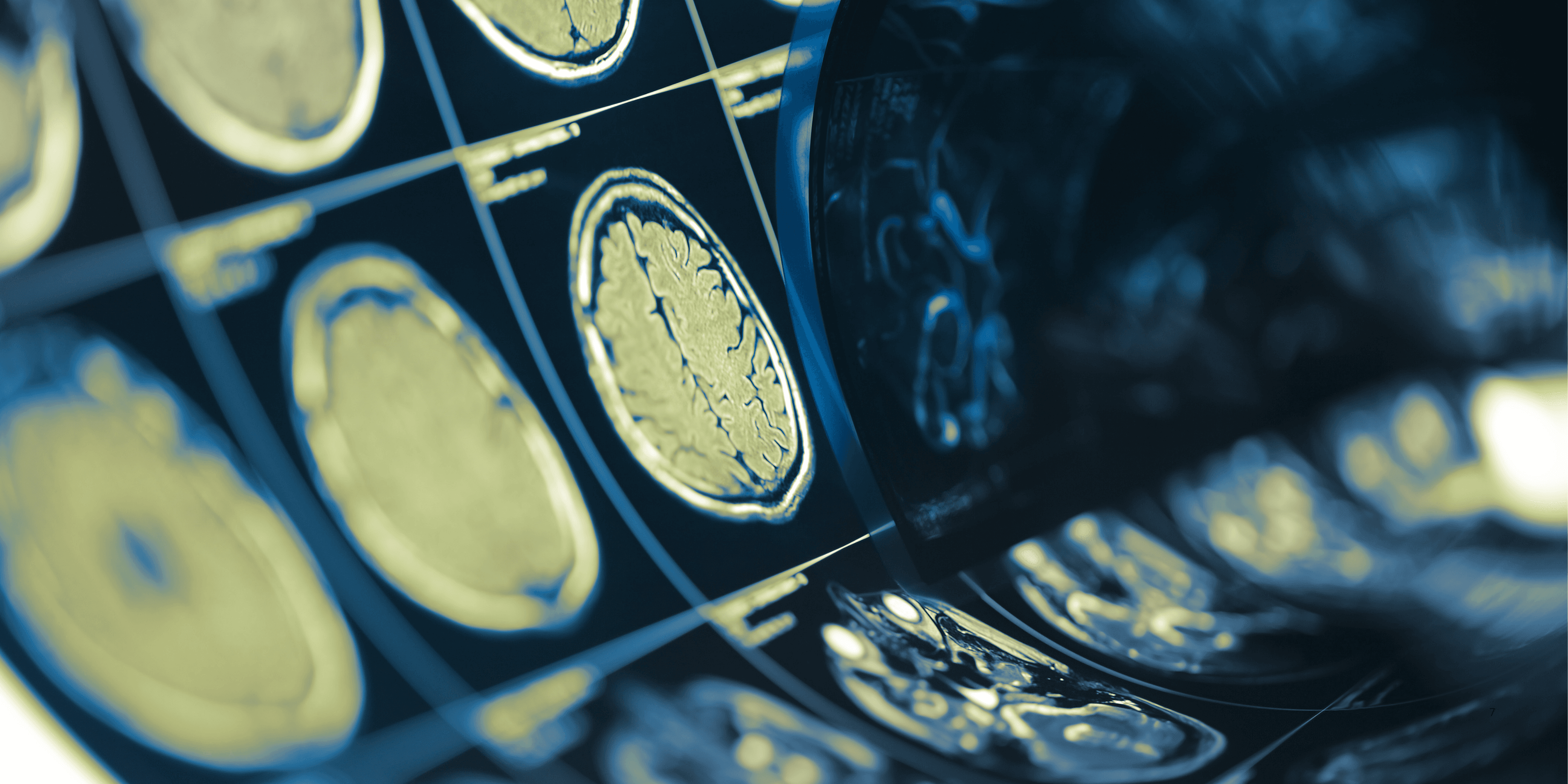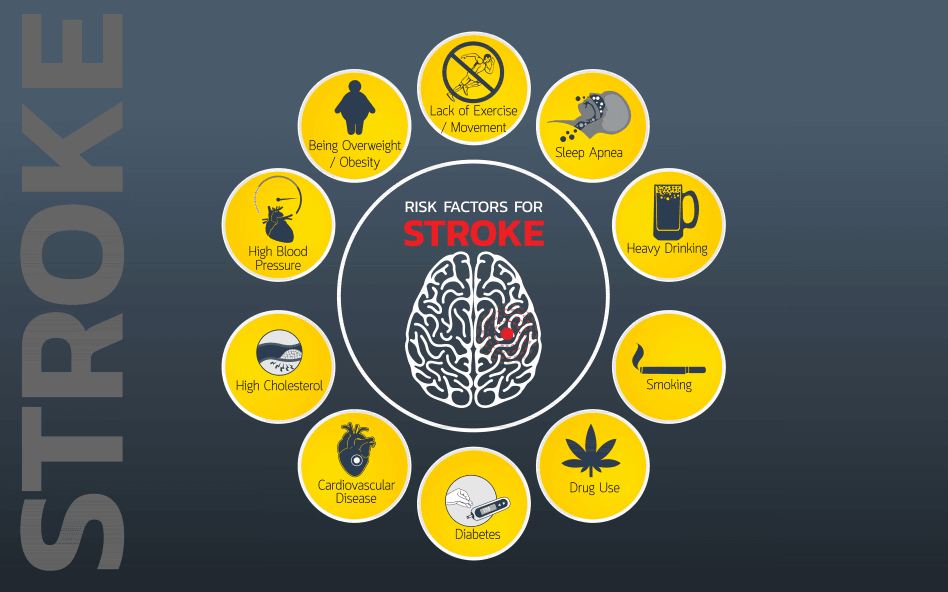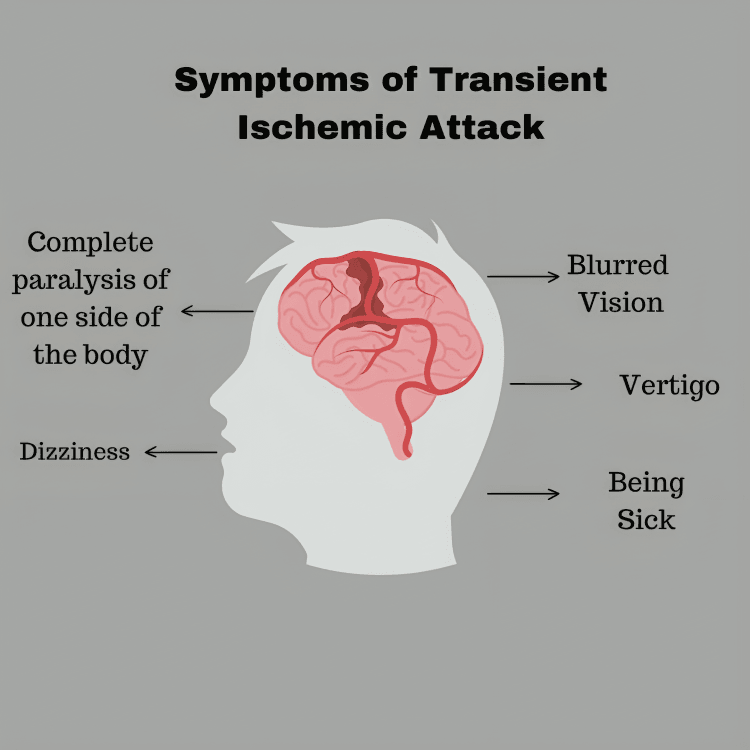
“
Common brain disorders (e.g., stroke, tumor) encompass a range of serious neurological conditions affecting millions worldwide; understanding their causes, symptoms, treatments, and outcomes empowers individuals and healthcare providers to make informed decisions and improve quality of life.1
1
”
A stroke occurs when blood flow to a part of the brain is interrupted, causing tissue damage, and it's one of the leading causes of long-term disability globally. 1
Brain tumors can be benign or malignant, and even noncancerous tumors may cause severe symptoms by pressing on nearby brain structures. 2
Both stroke and tumor may lead to cognitive impairment, speech difficulties, motor weakness, or seizures, depending on the brain region affected. 3

Risk factors for stroke include hypertension, smoking, diabetes, high cholesterol, and—less commonly—genetic predisposition or rare blood clotting disorders.
Brain tumor risk factors can include genetic syndromes, radiation exposure, weakened immune systems, and environmental factors, although many cases occur inexplicably. 4
Fast treatment during an ischemic stroke with clot-busting medications or mechanical thrombectomy significantly improves functional outcomes. 5
Hemorrhagic stroke—caused by bleeding in the brain—is less common but often more severe, requiring careful management of blood pressure and intracranial pressure. 6
Neurosurgeons may remove a brain tumor via craniotomy if it is accessible and operable, aiming to preserve as much healthy tissue as possible. 7
Radiation therapy and chemotherapy are common adjunct treatments for malignant brain tumors and can be used after surgery or when the tumor is inoperable. 8

Rehabilitation is essential after stroke or brain surgery, involving physical, occupational, speech, and cognitive therapy to restore independence and quality of life.
Neuroplasticity allows the brain to reorganize itself after injury, enabling nearby healthy brain regions to take over lost functions over time. 9
Lifestyle modifications—like a healthy diet, regular exercise, quitting smoking, and controlling blood pressure—help reduce the risk of recurrence or progression. 10
Management of brain tumor symptoms often includes anticonvulsants to prevent seizures, corticosteroids to reduce swelling, and pain management strategies. 11
Imaging techniques such as CT scans and MRIs are critical diagnostic tools that help distinguish between stroke types and reveal tumor characteristics. 12

A transient ischemic attack (TIA), or “mini-stroke,” signals high risk for a full stroke and requires immediate medical attention to prevent permanent damage.
Rehabilitation progress can vary greatly depending on stroke severity, tumor grade, patient age, and overall health, making personalized care plans crucial. 13
Research into molecular, genetic, and immunological mechanisms is paving the way for targeted therapies and personalized medicine in the treatment of brain tumors. 14
Doctors emphasize that brain health is lifelong: even decades after the initial event, late effects like fatigue, mood changes, or seizures may emerge and need attention. 15
Philosophers remind us that understanding the mind’s vulnerabilities—through studying disorders like stroke or tumor—deepens our appreciation for consciousness, identity, and resilience. 16
Philosophers also argue that our empathy and compassion grow when facing the fragility of brain health, urging society to support research, care, and rehabilitation for those affected. 17


